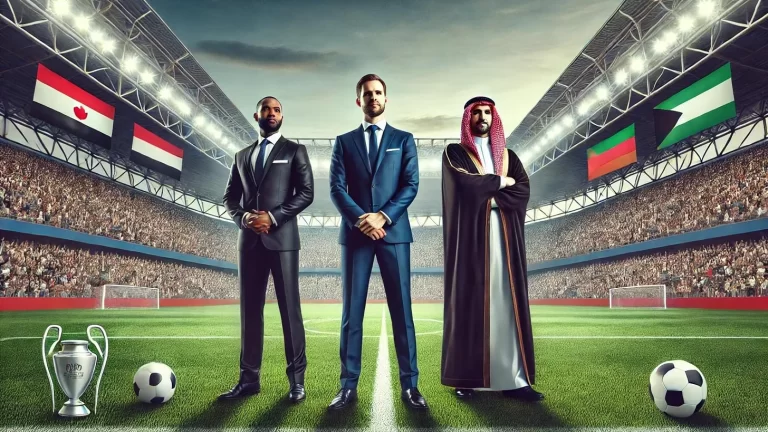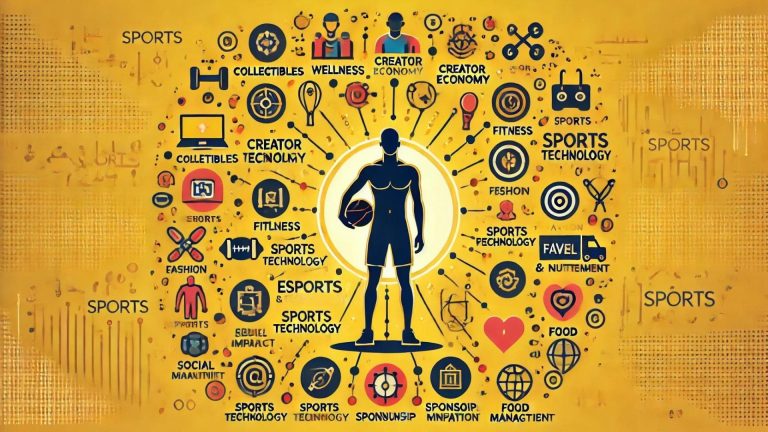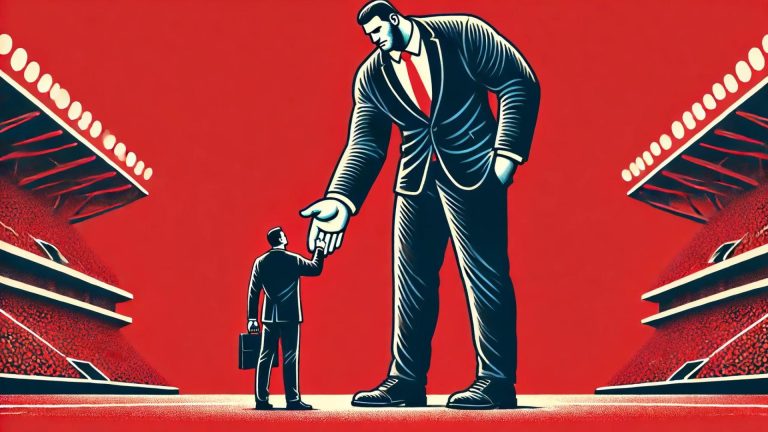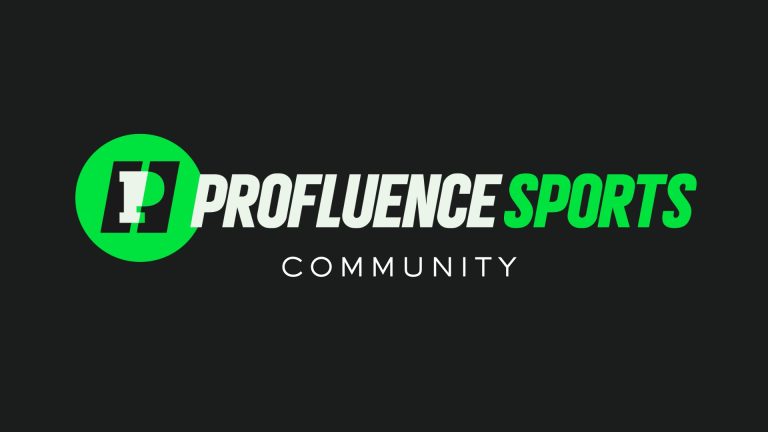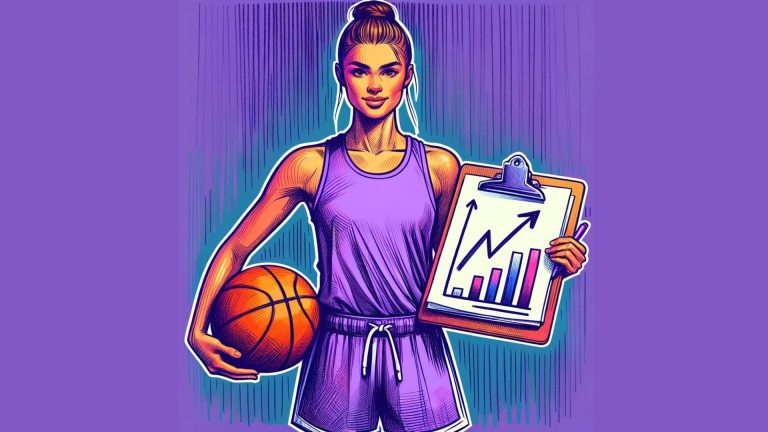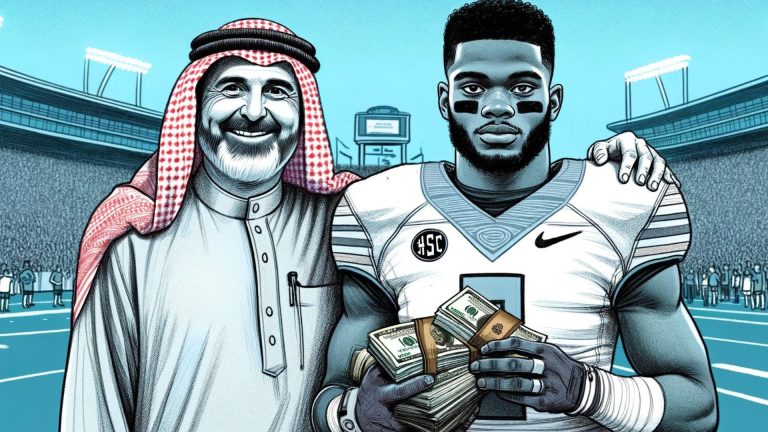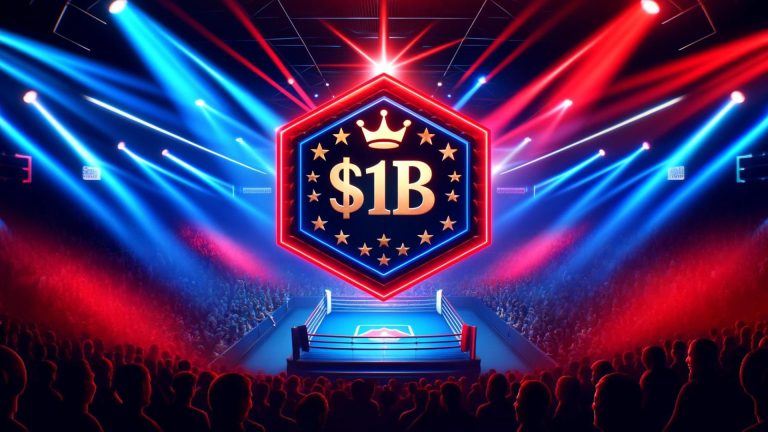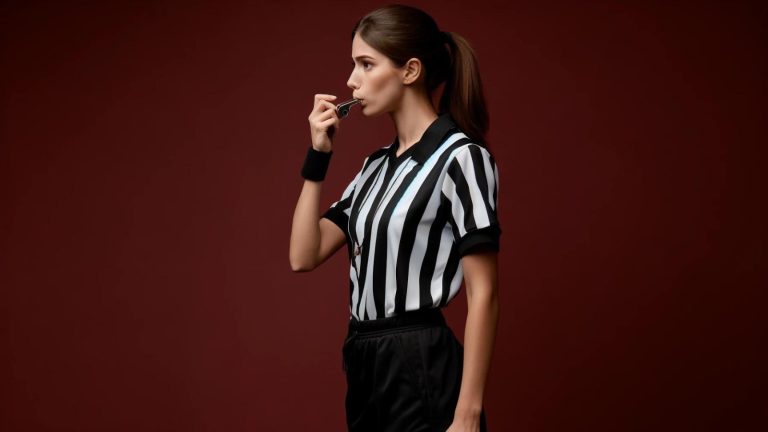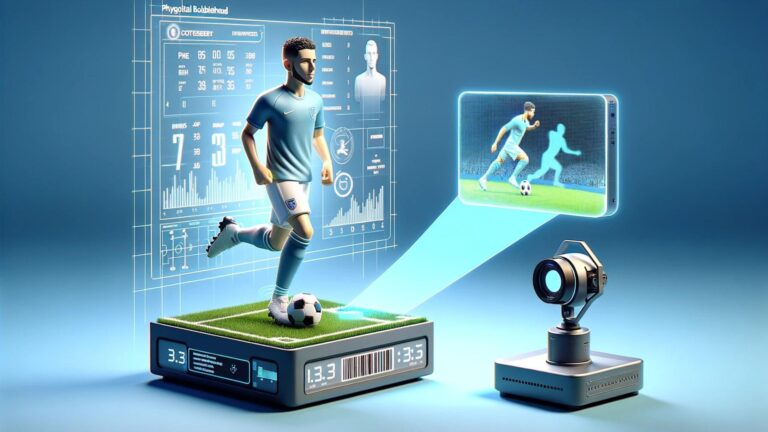The so-called “jock”, happy to be playing their sport while not getting paid for their billion dollar services is coming to an end after more than 100 years of pain under the NCAA’s control.
Better late than never.
And while this technically went live in July of 2021 — only now are we beginning to see it take shape.
Players actively shop around for the best deals, just like free agency.
Big companies support deals and play matchmaker.
NIL collectives throw money at recruits and transfers.
Agents and lawyers go after athletes before they even step on a college campus.
Here’s what I’m talking about👇
Players Shopping Deals
It is now in the open, visible for all to see, that players are choosing their schools (or deciding to stay) based on money.
There are countless examples of this, but let me give you a few I’ve heard from trusted sources.
-
Football player at an American Conference school told his coaches that an SEC school offered him $80,000/yr for his final season and that unless they found a way to match it he was going to leave…they matched it
-
4-star high school football player with offers from all over the country is meeting with NIL collectives to negotiate contracts (how much they can pay is at the top of his list for making a decision)
-
Oscar Tshiebwe returning to Kentucky for his final basketball season instead of going to the NBA, it’s reported that he will make over $2 million next season
All of this has been going on for decades, but not at the same scale or openness.
I’m ALL FOR the players cashing in, but there will be collateral damage.
One of the worst things the NCAA did was provide an extra year for “student-athletes” that lost a normal year due to the pandemic.
It may have seemed like the right thing to do at the time, but it’s adding fuel to the fire — and it killed high school recruiting.
The transfer portal is the problem, not NIL (while I will admit it’s adding fuel to the fire).
I talked with a college basketball coach who said his coaching staff isn’t even going to watch high school AAU events this summer. Instead, they are recruiting entirely out of the transfer portal.
They’re a mid-major, high-academic program. They would be a 14 or 15 seed in the NCAA tournament.
So what kind of transfers are they getting?
For next season they have already gotten:
-
1 Power 5 big
-
1 Mid-Major wing
-
1 Top D2 point guard
When I asked him about NIL, he said they’re not doing much but are “working” on some things.
Players shop for money deals, just like coaches shop for “free agency” talent.
Billion Dollar Matchmakers
On Wednesday, NBC sports announced the launching of NBC Sports Athlete Direct, which will connect college athletes with advertisers through their marketplace.
To start, the platform will only be available to student-athletes at Notre Dame, Vanderbilt, and Temple University.
This is big news! Let me tell you why…
NBC Sports is a massive media organization. They did over $537M in revenue in 2021.
They host the Olympics and Sunday Night Football. On top of that, they pay Notre Dame $15 million annually to broadcast their football games.
Ok cool, but what does this mean for athletes?
Big money and access to advertisers with large budgets.
Student-athletes who opt in to NBC Sports Athlete Direct will be presented with name, image and likeness (NIL) opportunities from advertisers that will include the ability to monetize their social media accounts.
It’s too late for the NCAA to step in now, and the big dogs know this, which is why they are starting to swoop in.
NBC is just the tip of iceberg — what’s stopping ESPN, CBS, and Turner Sports from launching marketplaces of their own?
For context, CBS and Turner did over $1 billion in ad sales for March Madness.
They have inside access to thousands of advertisers looking to get involved with NIL.
If they had their own marketplace, advertisers would still premiums for TV commercials, and CBS/Turner would earn additional fees from any deals the advertisers pursue with college athletes.
NIL marketplaces are in need for a consolidation. It’s happening now, as the big media conglomerates smell blood (and opportunity).
Pay to Play
Before NIL went live, I’m not sure if alumni/boosters knew that they were going to be able to legally pay college players through NIL collectives.
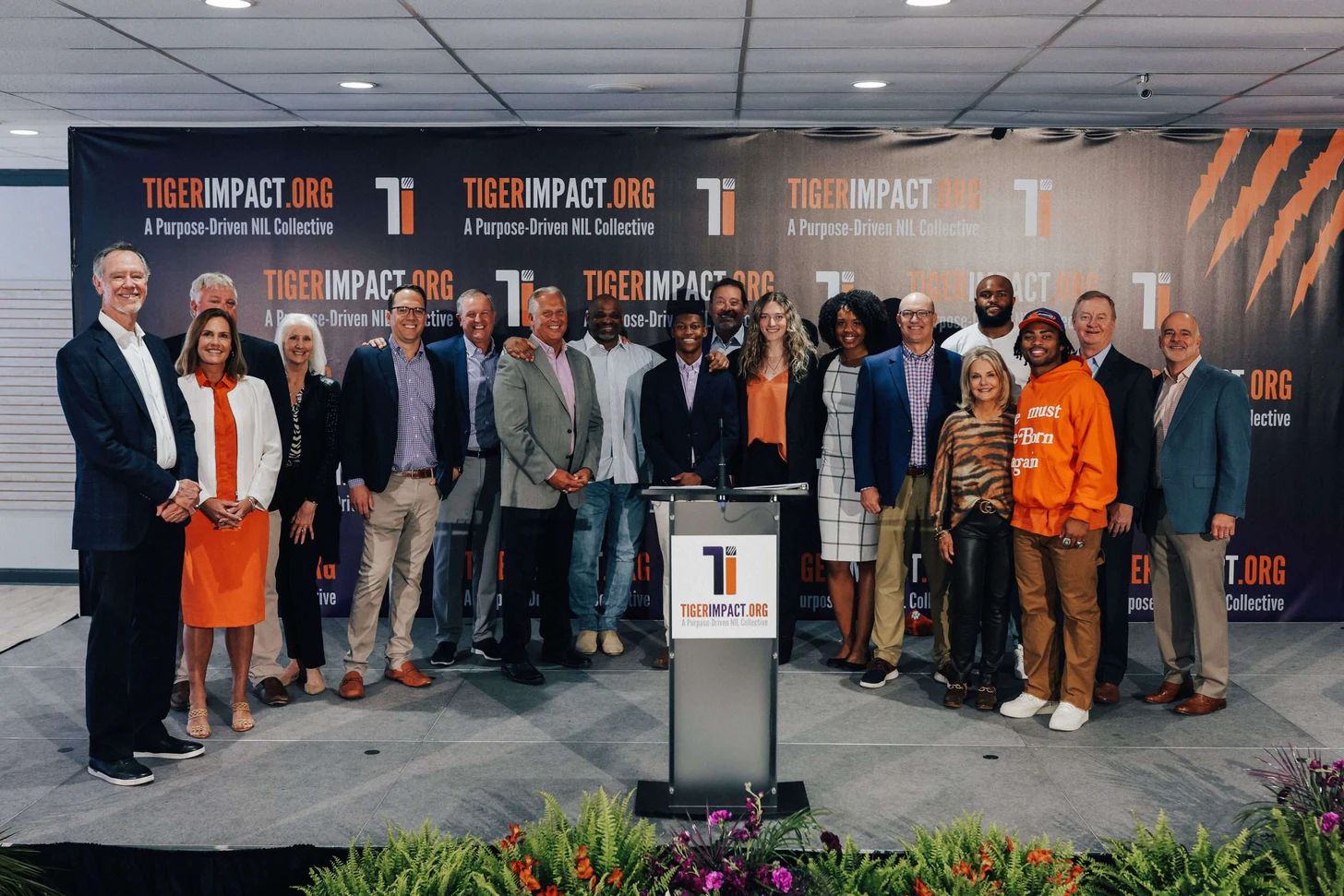
Either way, it was inevitable.
Athletes can sign endorsement deals as long as they return a service.
So the formula is simple:
“Create a shell company, call it a collective, raise money from fans, have alums donate money, and then use this to attract and pay top talent”
Look at Spyre Sports and Tennessee football:
A football recruit is said to have signed a $8 million dollar contract with them.
$8 million.
The NFL league minimum for active players was $660,000 in 2021.
There is no guarantee that these college players will turn out to be top-talent. What happens then?
I could go on and on, but the bottom line is this:
I’m all for high school and college athletes getting their fair share, but the landscape has shifted so fast that some of them are going to get burned.
Remember, 78% of NFL players go broke after 3 years of retirement.
Are 18 year old freshman ready to handle $2,000,000/yr contracts?
Most of these schools, collectives, NIL companies, and agencies don’t have the proper resources set up for the athletes.
Do you think a 19 year old basketball player making over $1M a year is going to listen to some 24 year old university advisor? Do you think he/she is going to their 8am philosophy class?
Schools need more people like:
-
Jed Collins (former NFL fullback turned fin lit expert)
-
Jordon Rooney (first personal brand coach in the NCAA)
-
Marc Isenberg (financial advisor & athlete advocate)
-
Julian Aiken (former D2 hooper managing a few pro athlete friends)
That’s just to name a few…but high-level college athletes want to talk to people who have gone through it and can provide them with sound advice through experience.
Otherwise, they might get burned.
How are they going to be able to handle the new sheriffs of college athletics — NIL collectives?
The Bag-Men.
Florida State just launched their 3rd NIL collective.
These are separate for-profit businesses that will be competing with each other at the same university.
What does this mean?
First off, I believe it’s a good thing.
Competition means better deals and more money for players — it also means a lot of chaos, but less red-tape.
It may even be an ego trip for a lot of these donors setting up collectives.
Donating $10m to a school might get your name on a new weight room, but very few public-facing people know who you are.
But when you take that same $10m and pay it to the players, people know exactly who you are — you’re an executive of the NIL collective.
You’re Robin Hood. Giving back to the players what the NCAA has stolen for so long.
Collectives are like having a bunch of different GM’s of a pro sports organization.
Recruits will start going to the different collectives associated with the same school and negotiating with each one.
That could cause some problems. Imagine this scenario…
Random alum starts an NIL collective today, raises millions from fans/boosters and then only pay out a small % to the players and lines their own pockets with most of the funds.
The schools recruiting then tanks because of a third-party business not even associated with the university or the coaches.
Not ideal. And keep in mind….
High-level athletes no longer go to school because of the education, but because of the money.
Choosing a full-scholarship to play football at Stanford is less attractive when Florida State is offering you $100,000/yr + a full-ride.
Money talks, which is why NIL collectives hold most of the power in college athletics now.
This could force federal legislation, which might be the start of public universities paying their athletes as employees.
Going Younger
Over the last few months I’ve talked with several so-called agents and sports managers. All of whom are either trying to get involved in the space or have a select few clients.
And what I’ve concluded, is that all of them want to go younger.
Why?
Big time college athletes have some of the top agents, managers, and advisors in all of sports. 4 and 5 star athletes have already aligned themselves with the tentacles of many of these representatives as well.
The only untapped market is the youth space.
Find athletes at a young age (with lots of potential) and hopefully build with them from the ground up.
I believe we’re about two years away from your local 4-star high school QB with 100,000 social media followers driving around a $70,000 car.
Who’s paying him?
NIL collectives (through fans and donors) that want the athlete to come to their school. If the athlete chooses elsewhere — it was just a cost of doing business.
The landscape has forever been re-written.
You may think college sports are now semi-pro, but so are high school sports.
Like I said, amateur sports are dead.
For better or worse?
Time will tell.
